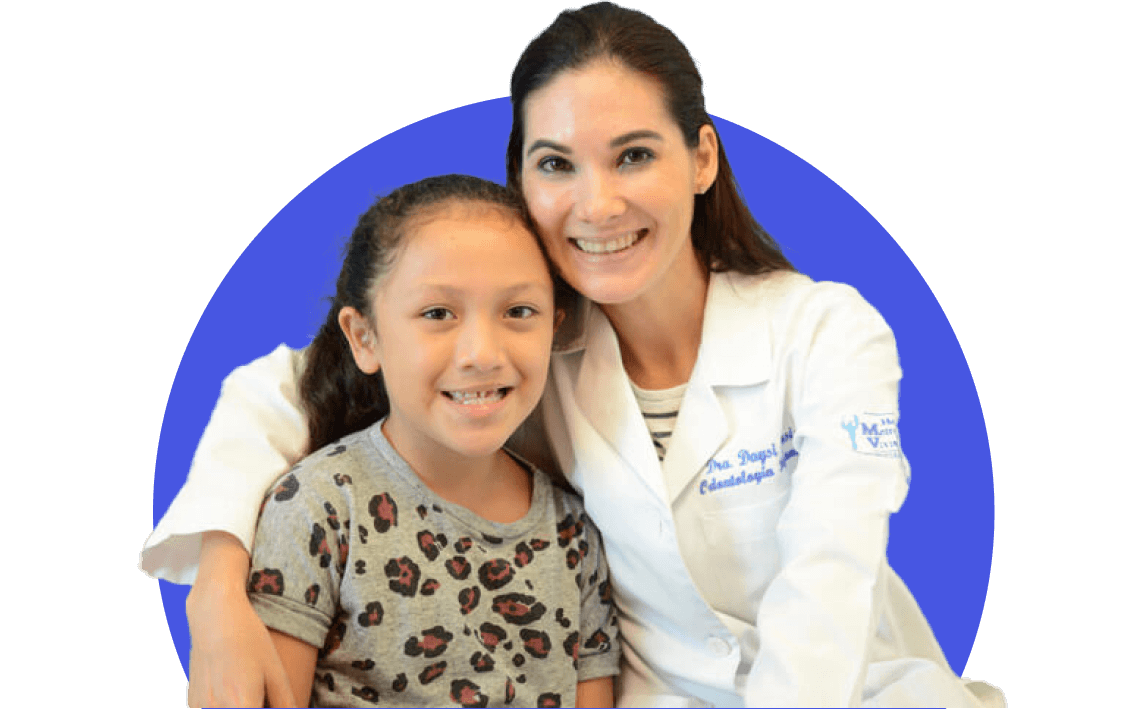Cleft lip and cleft palate are the most common birth defect in the United States – one of every 700 newborns is affected by cleft lip and/or cleft palate.

What is a cleft lip? What is a cleft palate?
A cleft lip is an opening in the upper lip. A cleft lip can range in size from a small notch in the red portion of the lip, called the vermillion, to a complete separation that extends to the bottom of the nose. A cleft can occur on one side of the lip, called unilateral, or on both sides, called bilateral. A cleft can also occur in the gums where the teeth will grow.
A cleft palate is an opening in the roof of the mouth. A cleft palate can occur in the bony, front part of the palate, called the hard palate, in the fleshy, flexible, back part of the palate, called the soft palate, or in both parts. A person can be born with cleft lip, a cleft palate, or both.
What causes cleft lip?
Clefts are one of the most common birth defects in the United States. Cleft lip and/or palate occur in about one out of every 700 births. Cleft lip (with or without cleft palate) is most common in individuals with Native American and Asian ancestry and is least common in those of African ancestry. Cleft palate without cleft lip occurs equally in all racial groups.
The majority of clefts appear to be due to genetic or environmental factors, though there is no known cause in many cases. The risks of recurrence of a cleft condition are dependent upon many factors, including the number of affected persons in the family, the closeness of affected relatives, the race and sex of all affected persons, and the severity of the clefts.
Can you see cleft lip in an ultrasound?
Cleft lip usually occurs around the fifth week of pregnancy, before many women even know they are pregnant. A cleft palate usually develops around the ninth week of pregnancy. Your doctor may use ultrasound (also called a sonogram) to determine if your unborn baby has a cleft. In the best conditions, ultrasound can return pictures of cleft lip as early as the 20th week of pregnancy. Sometimes, ultrasound can also help parents and doctors see clefts of the alveolar ridge. It is more difficult to get clear pictures of baby’s palate. Doctors miss more cleft palates on ultrasound than they find. As technology improves identifying clefts of the palate will become more common. Larger hospitals and university medical centers are good resources for the most advanced ultrasound technology and prenatal diagnosis expertise.
Learn more about Prenatal Diagnosis.
What can be done to help our baby?
A baby with cleft lip and/or palate should be treated by a cleft palate or craniofacial team. A team is a group of specialists who work together to treat a person’s cleft. A surgeon on the team will usually recommend closing a cleft lip through surgery during the first few months of life. Palate surgery generally takes place a few months later. A baby born with a cleft palate will often undergo additional planned surgeries throughout childhood and sometimes into early adulthood. The team will determine the exact timing of these procedures.
The information in these resources, along with information from your healthcare providers, is intended to help guide parents and caregivers of children with cleft palate or cleft lip:



